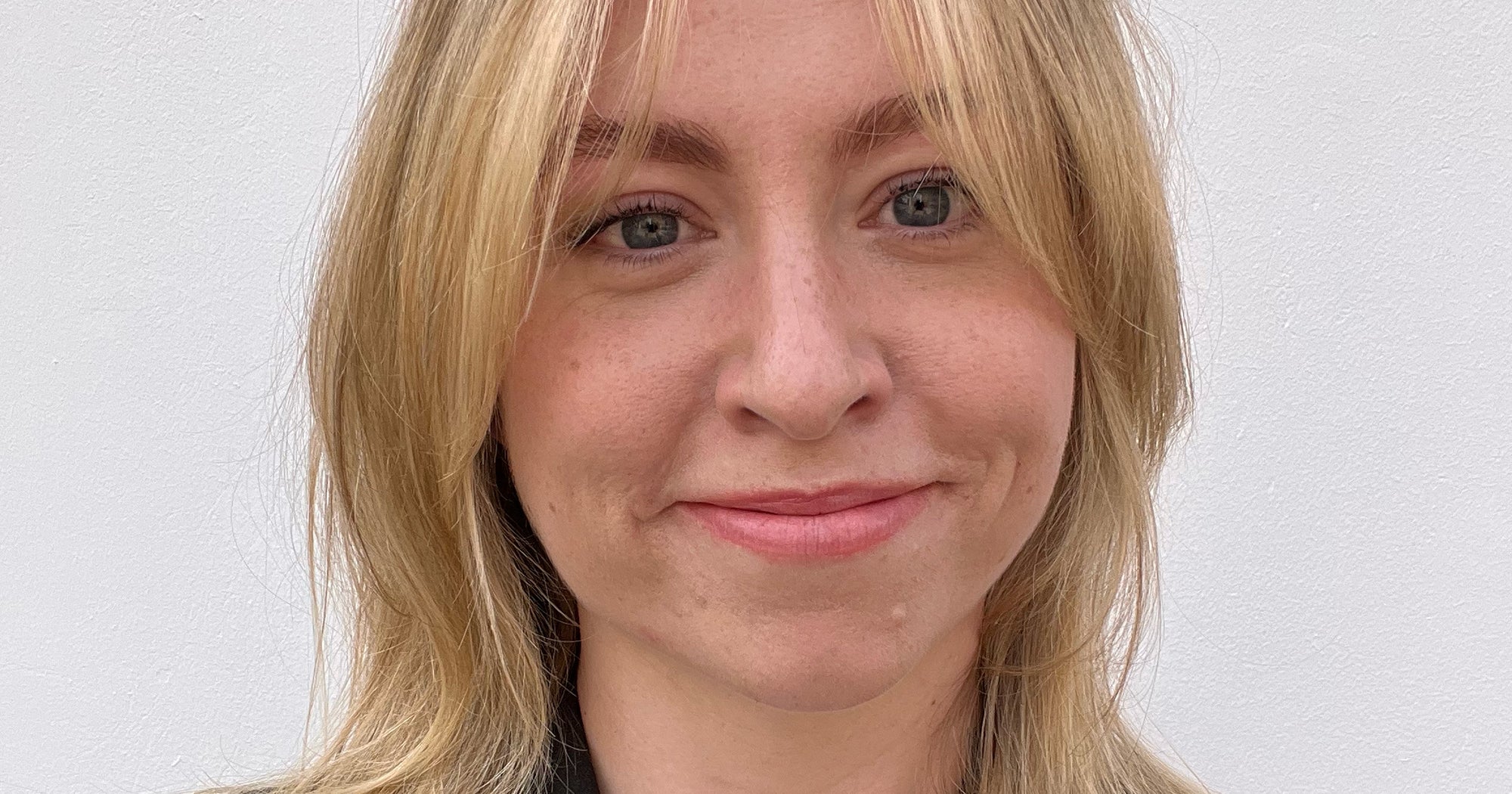CBRE reduces 2025 GDP growth outlook to 1.4% from 2.4%.
Following a 0.3% Q1 2025 GDP decline, CBRE cut its 2025 GDP outlook by 100bps and reduced its 2026 growth forecast to 1.7% from 2.4%. Inflation is expected to rise from 2.5% to 2.9% in 2025 and from 2.7% to 3.6% in 2026.
Employment is expected to decline in 2025 and 2026.
Despite negative headlines, March employment increased 1.3% while unemployment ticked up slightly to 4.2%. CBRE now expects employment declines in 2025 and 2026, reducing its forecasts from 0.6% and -0.06% to 0.7%and -0.14%, respectively.
Spreads and rates pulled back in March with hotel CMBS rates falling to 6.5%.
March credit spreads contracted 20 bps y/y to 1.7 percentage points (p.p.). While CMBS loan volumes nearly doubled to $1.3 billion in March 2025, average loan size decreased from $34.7 million to $16.0 million. The average loan count rose from 18 to 79 year-over-year, potentially due to increased refinancing.
Despite the favorable Easter shift, March RevPAR growth slowed to 0.8%.
RevPAR growth was supported by 1.1% ADR growth offset by 0.3% decline in occupancy. RevPAR growth for all chain scales was positive in March but the pace of growth continued to slow with higher priced chains outperforming during the month.
Short-term rental demand increased 5.6% year-over-year in March.
STRs continued to take share from hotels, with STR demand increasing to 13.4% of demand share from 12.1% in March 2019. Hotel revenues continued to be outpaced by alternative lodging sources with revenue for casinos, cruise lines, and STRs reaching 128%, 136% and 199% of 2019 levels, respectively, compared to hotel revenues which were 121%.
Strong RevPAR growth in February fueled 7.0% total revenue growth.
Healthy top line growth in February resulted in an 8.6% increase in GOP dollars. While expense growth has started to moderate, on a TTM basis, margins still contracted 10bps. March’s material slowdown in RevPAR growth suggests that margins will be under pressure for the balance of the year.
Negative headlines have driven consumer sentiment to near Covid lows.
While wage growth remained steady at 3.8% outpacing inflation by 144 bps in March, declines in the S&P, which is down 5.3% YTD, and flagging consumer confidence, which fell to 86 from 97.5 in April, could be a headwind to hotel demand going forward.
Inbound international travel dropped 11.6% in March.
The drop in inbound international visitors creates a headwind to hotel demand. While outbound international travel increased 2.4% to 121% of 2019’s level in March, inbound lagged at 83%. A weaker US dollar could offset inbound travel weakness by boosting foreign visits and encouraging Americans to travel domestically this summer.
TSA throughput increased 0.2% in April.
TSA throughput has remained relatively flat. While the meager passenger growth is not a headwind to demand, it does not appear to be a catalyst either. Despite falling airfares, travel trends have continued to slow as Google searches for travel dropped again in April with paid and corporate searches falling 1.3% and 3.2%, respectively.














